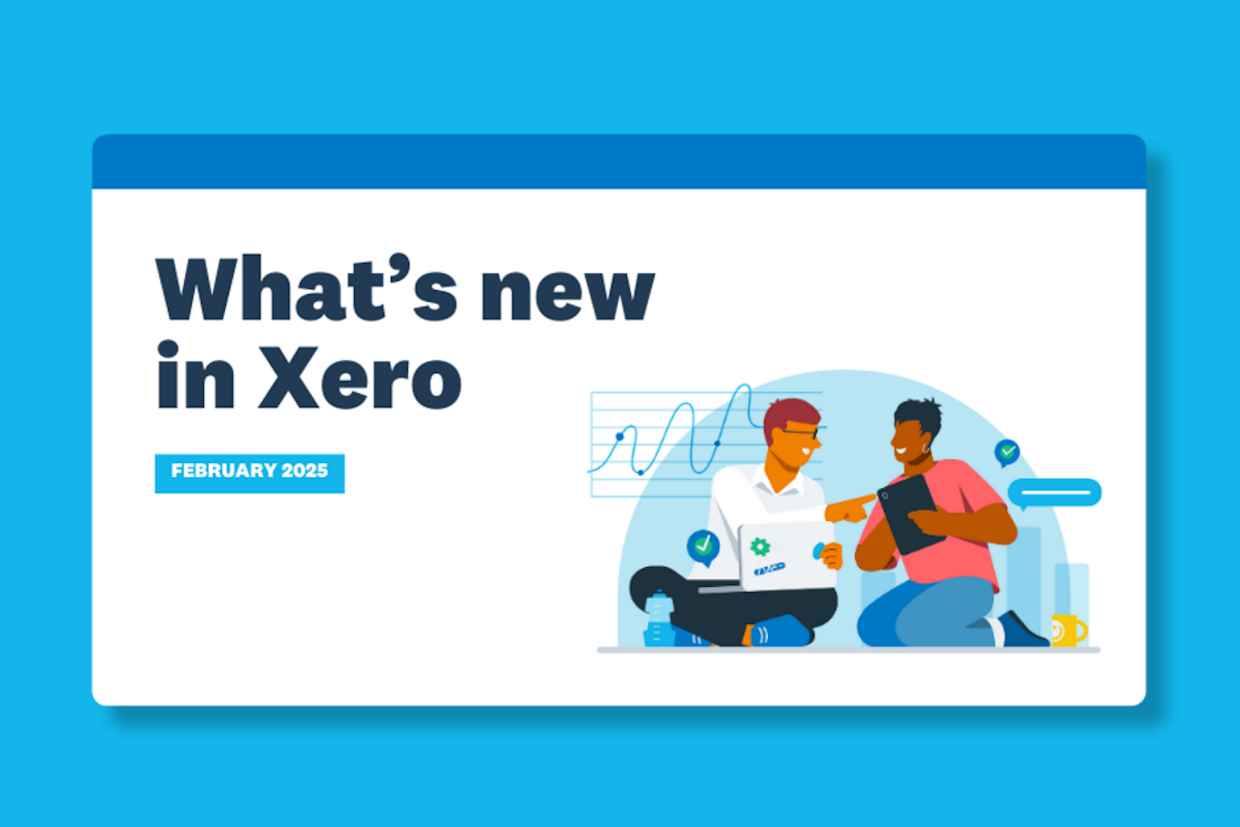What is Making Tax Digital for Income Tax Self Assessment?
Making Tax Digital is changing how we submit tax returns. And with Making Tax Digital for Income Tax Self Assessment (MTD for ITSA) coming into force from April 2026, it’s time to start planning how you’ll meet the compliance requirements for MTD for ITSA.
We’ve highlighted the four main areas where you need to take action, to be ready for the deadline – so you maximise all the benefits of going digital.

The basic requirements of MTD for ITSA
MTD for ITSA will affect you if you’re running a self-employed business or you’re a landlord with annual business or property income initially above £50,000. To comply with the MTD for ITSA rules when they kick in from the 2026/27 tax year, you’ll need to:
- Keep digital records of all business transactions
- Submit quarterly updates to HMRC
- Submit an annual end-of-period statement
- Finalise your tax return for the year
- Pay any tax due to HMRC
This switch from an annual self-assessment tax return process to quarterly and annual returns is a major change. It means increasing your interactions with HMRC, keeping extremely accurate digital records and having a highly defined process for your tax return.
Some people will already be set up to meet these digital requirements. But, if you’ve not yet jumped onto the digital bandwagon, there are a few important steps to think about.
Switching to a digital tax process – what you need to do
The aim of MTD is that, over time, the whole of the UK tax system will move to digital. But for this to work, taxpayers, bookkeepers and accountants all need to take action, so every stage in the tax process can be carried out in the digital realm.
From the point of view of a self-employed business or landlord, this will mean:
- Choosing a software solution for your digital record-keeping – to be able to keep digital records, you’ll need the right software tools. An Excel spreadsheet may be fine for traditional bookkeeping, but the MTD ITSA requirements mean you’ll need a more accurate and flexible software solution. Tools like Dext Prepare or Auto Entry, paired with a cloud accounting platform like Xero, Sage, QuickBooks or FreeAgent, will help you get those bank statements, receipts and documents digitised and recorded.
- Working out a process for recording your income and expenditure – one of the big aims of going digital is to achieve real-time data for your business. But to be able to see real-time numbers, it’s vital that you enter your transactions on a regular basis. Think about how you’ll scan receipts and invoices, and how much time you need to set aside for bookkeeping and record-keeping. Yes, it will eat into your admin time, but the end benefits of this streamlined digital process make it a worthwhile investment.
- Agreeing who will carry out your quarterly and annual updates – ultimately, it’s your responsibility to meet HMRC’s rules around MTD for ITSA. But you don’t have to do all the work yourself. Your tax adviser can help you collate and submit both the quarterly and annual digital updates. You can opt to do the updates yourself, but you’ll get a higher level of accuracy, review and analysis by partnering with your tax agent.
- Partnering with your accountant to submit your return – despite what HMRC might tell you, tax can be complicated. Calculating your taxable profits, accounting for secondary income streams and making adjustments to your submitted numbers are tasks an accountant should be carrying out. MTD for ITSA will mean working much more closely (and more frequently) with your accountant, so make the most of their professional knowledge and expertise when it comes to finalising your tax return.
Talk to us about preparing for MTD for ITSA
Switching over to MTD for ITSA isn’t just a compliance requirement. Going digital also helps you run a more effective and flexible accounting and record-keeping system into the bargain.
You’ll have:
- Better visibility of your income and expenditure
- Improved control over your business numbers
- A clearer idea of your tax liabilities for the year.
If you’d like advice on getting ready for the April 2026 MTD for ITSA deadline, feel free to contact us. We’ll help you understand what’s required, what the best software solutions will be for your business and the key changes you’ll need to action.
Get in touch to get set up for MTD for ITSA.



Keep updated! Sign up to our mailing list!
Find Us
The Chartwell Practice Limited
Chartwell House
4 St Pauls Square
Burton-on-Trent
Staffordshire
DE14 2EF
Contact Us
Telephone: 01283 741400
Email: info@chartwellpractice.com
Useful links
Privacy Policy
Legals & Disclaimer
The Chartwell Practice Limited
